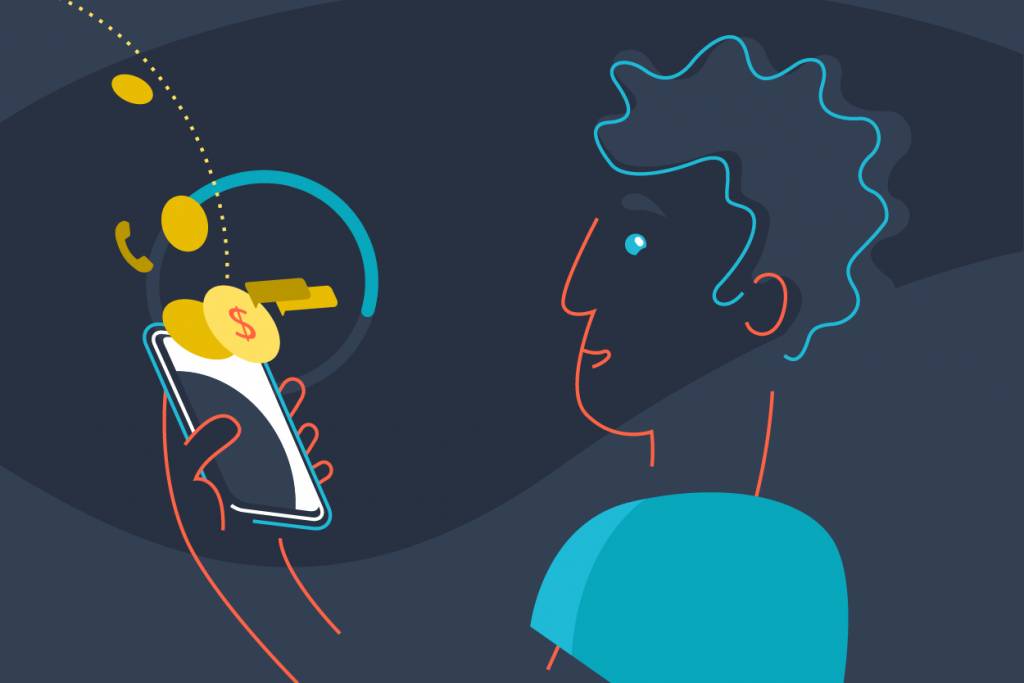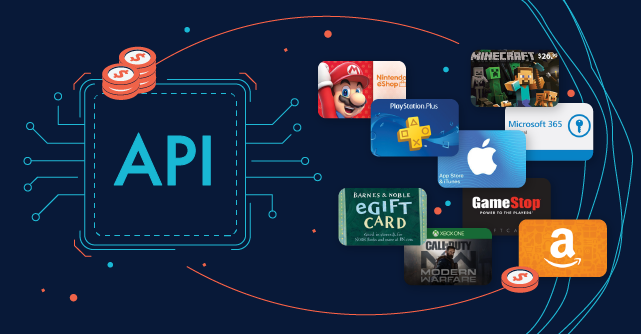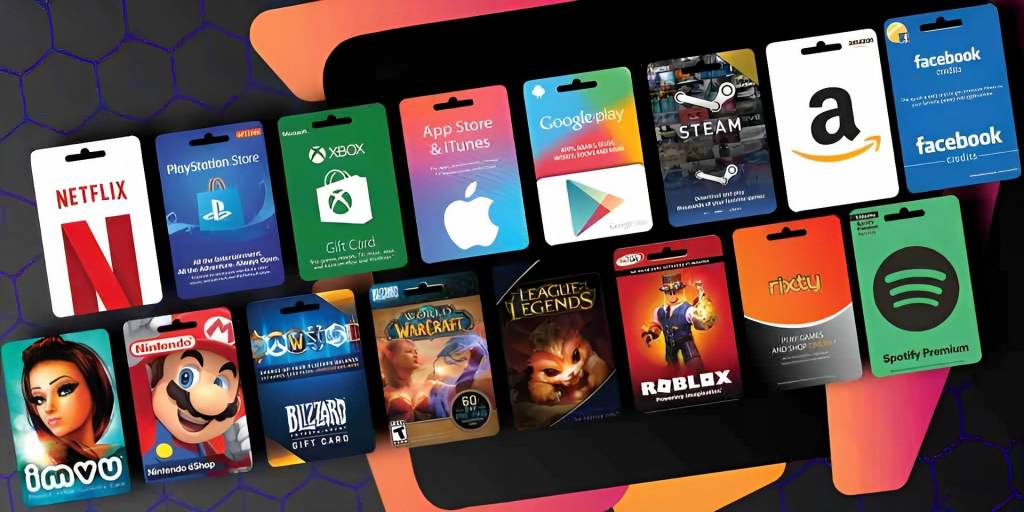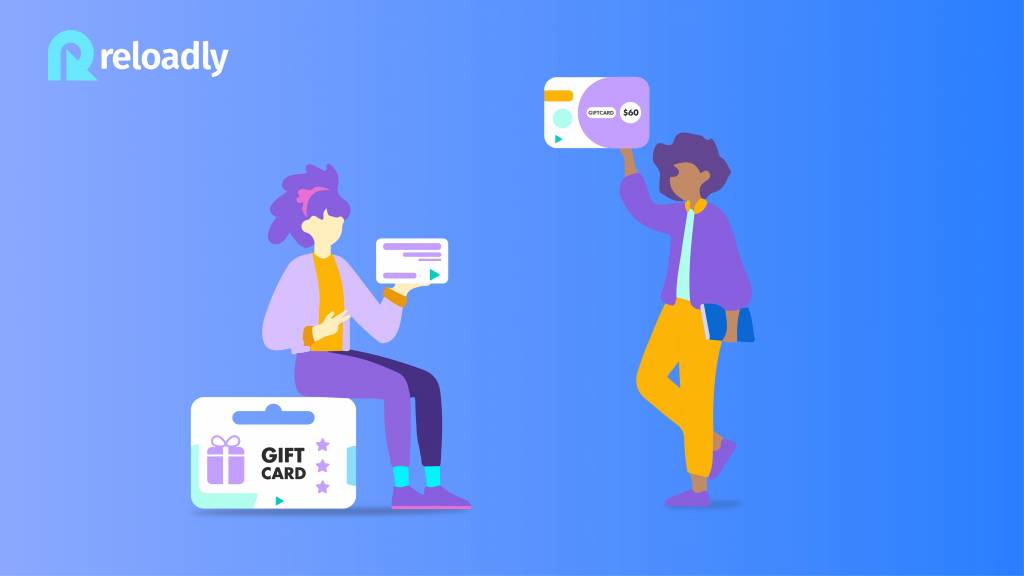Learning how airtime rewards work is becoming a necessity for the marketing and research departments of a wide variety of industries, from FMCG companies and banks, to animation studios, universities and NGOs.
While each industry uses airtime rewards in a different way, they are all ultimately aiming to achieve one thing: incentivize their target audience with a low-cost reward.
Most of the time, they want to incentivize customers for campaigns that occur in emerging markets where prepaid plans dominate. In these markets, airtime rewards offer the best tactic to access the largest portion of the population for the smallest amount of money.
How airtime rewards work depends on your industry. So we spoke with the CEOs of two different incentives companies in Mexico and Brazil to outline airtime rewards’ most common use cases. Here is a list of the main takeaways from those discussions:
- Building customer loyalty: Telecom companies use airtime rewards to build loyalty and reduce churn. This is the archetypal example, but telcos are not the only industry building loyalty in this way. Indeed, banks and FMCG companies use airtime rewards to build customer loyalty in a way that enables their customers to better access their online services. Animation studios have also increasingly instated airtime reward programs to boost mobile game retention.
- Commercial partner programs: A wide variety of industries use airtime rewards as a low-cost incentive to encourage small-scale commercial partners such as resellers to boost sales. In particular, FMCG companies such as PepsiCo and Nestle commonly use airtime rewards to enable mom-and-pop stores to consistently sell more of their products by offering low-cost rewards.
- Employee recognition awards: In search of ways to further reward great employees and reduce HR churn, companies are increasingly adding airtime rewards to bonus and incentives programs. This especially adds value to employees that travel a lot for work and thus use their personal phone a lot to call home.
- Voluntary online training or events: Alongside using airtime rewards for employee recognition, companies have also included these rewards to incentivize employees to participate in non-obligatory online training programs or events. Such uses cases, as we’ll see next, also commonly apply directly to customers.
- Customer or academic surveys: Both companies and universities use airtime rewards as a tactic to incentivize respondents for market research and academic surveys. Airtime rewards are particularly useful for reaching people that live in remote and rural areas of emerging markets, a population that would otherwise be very hard to reach and incentivize.
- NGO data collection: NGOs use airtime rewards to incentivize the collection of data in the markets they serve, including both qualitative and quantitative research. Often, these are rural and underdeveloped populations on the fringes of society that only have access to prepaid phone plans. Using airtime rewards is thus an appealing gift for their target markets.
In our discussion with expert members of the Incentive Marketing Association, a few common threads become clear.
- The use of airtime rewards is a low-cost marketing tactic that offers among the greatest global reach.
- Airtime rewards are extremely effective in emerging markets where prepaid plans dominate.
First, we spoke with Juan Manuel Valenzuela, CEO of Above Target, an incentives company that specializes in incentive and loyalty programs for corporations all over Mexico. He reviews, in particular, the corporate use of airtime rewards programs.
Next, we heard from Cristiano Miano, CPIM, CEO of Grupo Digi, a Brazil-based company that serves Coca-Cola, Cargill, Honda and others with incentive and loyalty programs.
Below are the transcripts of our conversations, edited for brevity and readability.
 Mr. Valenzuela, how do airtime rewards work in Mexico?
Mr. Valenzuela, how do airtime rewards work in Mexico?
Mexico is a country of big contrasts. There is a section of the population that is doing very well economically, who own more than one car per family, who take yearly vacations, who send their kids to private schools, and who couldn’t care less about airtime rewards because they have a cell phone plan with unlimited minutes.
On the other hand, there is a big population that has not fulfilled all of their physical and security needs and who can barely put food on the table every day. For this section, airtime rewards are highly relevant, because everyone has a cell phone in Mexico (albeit not always a smartphone with internet access).
What is the most common use case for how airtime rewards work at your company?
Commercial partner programs on the DTS (down the street) channel.
One of the most relevant distribution channels for the fast-moving consumer goods (FMCG) companies such as PepsiCo, Nestlé, etc. is this DTS channel, which consists of many (several thousand) very small stores that are located all over lower-middle-class and low-class neighborhoods in Mexico.
Incentivizing these kinds of small entrepreneurs is very complicated because the ticket sale per visit is so small that it does not make any financial sense to give a reward for constant or increased purchases.
For instance, when you sell $25 USD to a client per week, and then you increase your ticket sales by 10% (which is very aggressive), your weekly sales to that client will increase $2.5 USD per week, or only $10 USD per month. Now, if you consider a 30% margin on the product you are selling, your increased monthly profit will be only $3 USD per client (of course, when multiplied times 500,000 clients the $3 USD would become a million and a half dollars.)
How much of that $3 USD are you willing to share with your client as an incentive? Maybe $1 USD? And what can you offer with a cost of just $1 USD that might be relevant and attractive to your client?
There are not many options, but airtime is certainly one of them.
Why should airtime rewards be considered for non-corporate use cases, such as university surveys and NGO studies?
To access rural communities, you need to go to them; they will not come to you. They cannot afford the cost of transport to a city to answer a survey no matter the incentive.
You might consider offering them a bus, a lunch and/or a nice experience that would be very attractive to them, but it is going to cost you more than the airtime reward you could give.
I see this use case as a very transactional program. This would generally consist of going to rural areas to ask questions and give airtime as a reward for their answers and their time.
There appears not to be any emotional aspect within these programs, which are directed to the most vulnerable kind of people you can find. To get another “positive knock-on effect,” you should also aim to show a genuine concern for the people you are interviewing, creating an emotional connection, and to achieve that you need to go well beyond airtime.
 Mr. Miano, how do airtime rewards work in Brazil?
Mr. Miano, how do airtime rewards work in Brazil?
Airtime rewards are commonly used for popular banking loyalty programs as well as employee recognition rewards. Specifically, they are utilized for their simplicity and great value add as everybody needs to use their phones today.
Another common way of using airtime is as a reward for completing online training for teams and customers, as well as a reward for filling out or participating in a survey.
How do banks use airtime for loyalty programs in Brazil?
Banking loyalty programs are using airtime rewards as part of their rewards mix. These rewards are still not utilized to their fullest potential because of the profile of the end-users of these programs, which are higher income than Brazil’s average. Therefore airtime comes as an option more than as a definitive and unique solution.
On the other hand, there is a great opportunity for new fintech’s that are challenging banks, which are preferred by the average to low-income profile (the majority of Brazil’s population). Airtime is “cheaper”(at least in terms of entrance point) and really necessary for those pre-paid mobile carrier users.
How are companies using airtime rewards for employee recognition programs?
For employees, airtime is more popular for the sales force (most incentivized profile in the country). They always welcome free data and voice packages. Also, relating to income and daily necessity, airtime proves to be really flexible in terms of starting point value and price, and it can go as expensive as needed.
Airtime also acts as a reward that captures the “last mile” of the rewards campaign’s credits available for the user after redeeming the majority of their available rewards credits on major electronics or e-commerce.
Why are airtime rewards useful for incentivizing participation in research, events, and surveys in Brazil?
Today mobile phones are in the hands of every person in the developing world. Therefore, mobile websites or apps with surveys can reward participation with airtime that will be used to fill in the research while providing a personal need and community connection.
We are living in a time where the main social forum and outside reach tool are mobile phones. While these populations lack computers, at least one member of each family has a mobile phone at their reach.
Moreover, the relatively high price of mobile telecom usage makes it difficult for them to have a day-to-day connected life. With this kind of airtime reward, we can support communities to have a more connected lifestyle and be part of the world.
At the moment, I have only heard about NGOs making surveys and rewarding airtime to enable free replies to their requests. I believe there are still a lot of opportunities in this area.
Why are airtime and data rewards so valuable to Brazilians?
As for today, data connection is king. So rewards that allow users to connect to the internet and at least make phone calls and send messages (which tend to be included in a bundle), will attract participants.
I believe that offering the price of a month or at least 2 weeks of free connection is enough to attract someone. In reality, it would be something between R$20 ($3.89) to R$30 ($5.83).
Overall, what are the positive effects of using airtime rewards?
I believe that these kinds of programs can bring loyalty to brands and companies and also impact the whole community if it’s a long-lasting program.
Building feedback for telco companies is another knock-off effect because companies can ask for feedback on their mobile connection services.
Final thoughts
Deploying an airtime rewards program no longer requires a team of tech geeks. Reloadly’s airtime API enables our users to instantly access the worlds’ mobile operator network and distribute airtime top-ups and data bundles within minutes.
Airtime is by far one of the most effective incentive marketing tactics in the emerging world. Connect with Reloadly to learn more about how airtime rewards can support your business today.



